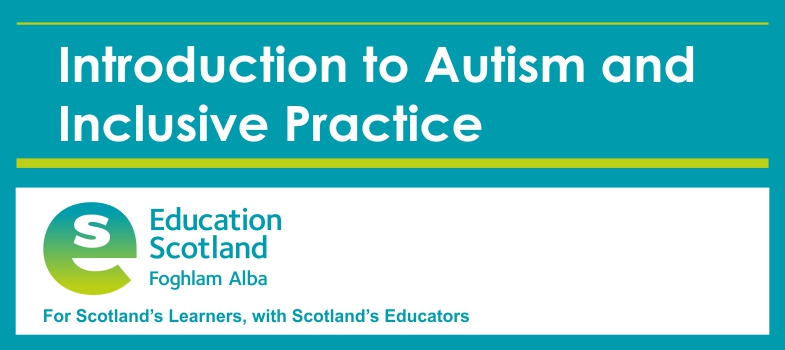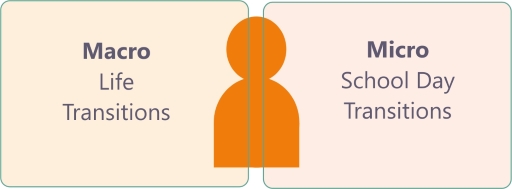7.1 Transitions and autism
Transition is not a single event, such as leaving school, but a process that unfolds over many years and involves significant emotional, physical, intellectual and physiological changes. During this journey, most autistic learners progressively assume greater autonomy in many different areas of their lives and are required to adjust to different experiences, expectations, processes, places and routines.
Whatever the form of change and transition, all children and young people are entitled to support to enable them to gain as much as possible from the opportunities which Curriculum for Excellence can provide, and also support in moving into positive and sustained destinations beyond school.
Transitions also impact on the family or on those who care for the child or young person. There are numerous types of transition that occur throughout the day, the school term, the year and across the lifespan as highlighted in Figure 17. It is not always the major (macro) transitions that have the most impact on autistic learners, but all need to be considered and planned for where possible. At the very least, coping with transition needs to be recognised as a potential for increase in stress for learners and their families. In line with legislation, transitions should be planned well in advance.
The extent of any impact from transitions will vary considerably for every autistic learner. This may be due to the levels of understanding, planning and supports in place, as well as the learner’s profile of strengths, skills and areas of difficulty.
7 Transitions

